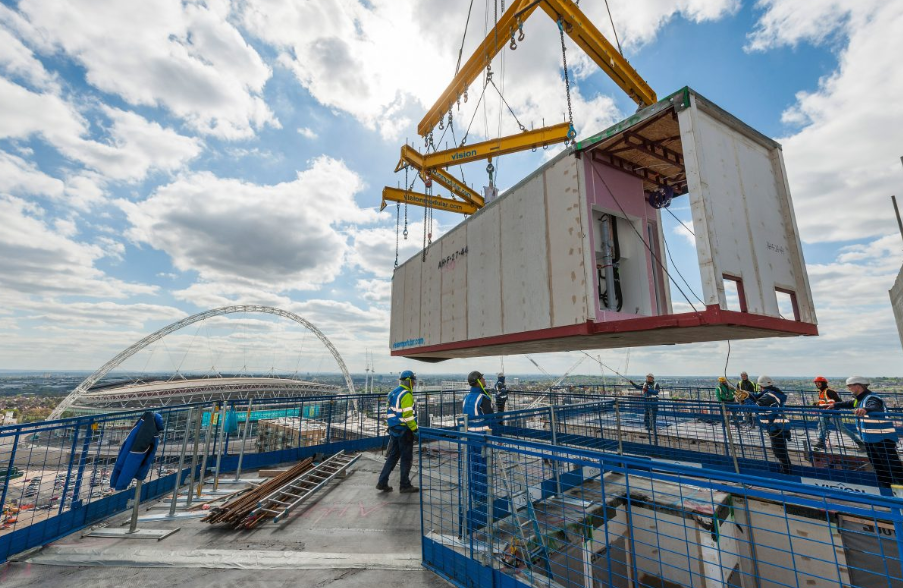Key Takeaways
- The importance of incorporating both design and utility in construction.
- How new technologies are facilitating a balance between form and function.
- Real-world examples of construction projects that exemplify these principles.
Modern construction must balance practicality and aesthetics to create efficient and inspiring spaces. Innovative solutions prioritize usability without compromising style, combining thoughtful design with advanced building techniques to deliver beautiful, purpose-driven structures.
Understanding Functionality in Construction
In today’s construction industry, the concept of functionality is a cornerstone. More than just a checklist of structural integrity and space optimization, functionality encompasses the entire gamut of how a building can efficiently and effectively support its intended use. This principle is a fundamental concern for home remodeling contractors, who continuously strive to harmonize utility with aesthetic appeal. In renovating or building anew, every element—from the placement of a staircase to the layout of a room—must serve the end user’s daily needs seamlessly, all while maintaining the structural requisites of safety and durability.
Functionality in construction necessitates a thorough understanding of a space’s current and future needs. Contractors and designers collaborate with clients to forecast accessibility, adaptability, and convenience, ensuring the final product exceeds practical expectations and often leads to innovative design solutions.
The Role of Aesthetic Design
While functionality is undoubtedly essential, the role of aesthetic design cannot be understated. Aesthetics contribute to a space’s emotional and sensory experience. Aesthetic design, combining beauty and style, can transform a functional space into a harmonious environment that encourages creativity, relaxation, and inspiration through materials, textures, colors, and architectural style.
Moreover, a property’s aesthetic appeal can significantly enhance its market value and attractiveness. A space that combines beauty and function is likely to stand the test of time, appealing to both current occupants and potential future buyers. Thus, aesthetic considerations are as vital to a project as its structural components, shaping a building’s identity and legacy.
Technological Innovations Supporting Balance
Modern technology has revolutionized construction, making it increasingly feasible to balance and weave together function and aesthetic design. Tools such as computer-aided design (CAD), building information modeling (BIM), and 3D modeling have become integral to the design and planning phases, allowing architects and engineers to visualize and tweak aspects of a project before any physical construction begins. These technologies provide a virtual canvas where ideas can be molded and perfected, ensuring functionality and aesthetics are meticulously planned.
These technological advancements are more than mere conveniences—they are essential facilitators of innovation. They allow for more accurate predictions and adjustments, minimizing errors and optimizing the use of materials. This efficiency ensures a better final product and supports sustainable building practices by reducing waste and unnecessary resource use.
Sustainability: Bridging Utility and Beauty
In recent years, the growing emphasis on sustainability has introduced yet another layer to the construction process, one that beautifully bridges functionality and aesthetics. Sustainable building practices are not merely about incorporating green materials but about creating an environment that uses energy and resources efficiently while providing health benefits to its occupants. Such environmentally conscious designs combine operational efficiency with aesthetic principles to produce buildings that delight and perform.
Through thoughtful design and innovative materials, it’s possible to create buildings that support their users effectively and contribute positively to the planet. This dual focus stretches beyond current trends, promising long-term benefits and setting a course for the future of construction.

